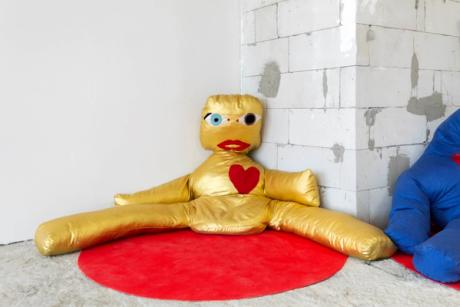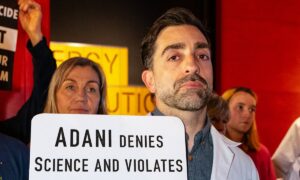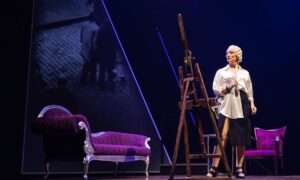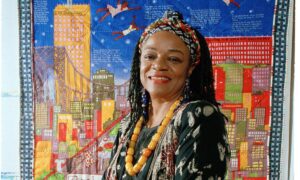
Is the modern museum as we know it still relevant today? The director of the Mudam Luxembourg (Musée d’Art Moderne Grand-Duc Jean), one of Europe’s pre-eminent contemporary art institutions, aims to re-examine in a series of exhibitions why museums matter. In a three-part exhibition entitled A Model (until 8 September), Bettina Steinbrügge brings together more than 30 artists, including Oscar Murillo and Andrea Bowers, in an attempt to “reimagine new models for museums”.“Artists are shaping the museum model. What does it mean if I go on a journey with artists? I am interested in the final result,” Steinbrügge tells The Art Newspaper. “For me it’s a different way of working with the collections; installing differently, building up different kinds of experiences. It is [an opportunity] for the team and for Luxembourg to reflect openly on what Mudam can become.”The museum has to take social changes into consideration and rethink beliefs that have been taken for granted, Steinbrügge adds in a statement. Artist Palle Nielsen’s 1968 experiment at the Moderna Museet in Stockholm, when 20,000 children were given free rein at the museum, partly inspired her experiment.In the drive to re-think the museum model, Steinbrügge, the project’s chief curator, has selected artists whose “practice critically reflects on museum institutions, some through new commissions and some inspired by and in dialogue with works from the collection”, an exhibition statement says.Performance: Oscar Murillo, collision of intent (Diego Rivera, Rockefeller Center), 11th June 2019, as part of Collision/Coalition, The Shed, New York, USA, 19 June – 25 August 2019.Videography & video still: Mohamed Sadek. Copyright: Oscar Murillo. Courtesy: the artist and The ShedNotable works in the second ‘A Model’ show include Murillo’s collective conscience (2015-ongoing), a large-scale installation evoking an amphitheatre. His version of a meeting place is filled with effigies of Colombian working-class individuals watching a selection of films about the history and concept of museums today.One of the most political works in the show, Radical Feminist Pirate Ship Tree Sitting Platform (2013) by Andrea Bowers, is in the museum collection. This imposing piece subverts the idea of the patriarchy by turning a masculine symbol—a pirate ship— into a feminist vessel.“[We focus on] pieces which are urgent and necessary and tell us about our time. When we acquired Daniela Ortiz, I knew this would be a work I’d want to talk about in an upcoming exhibition,” says Steinbrügge. Ortiz’s painted panels The Rebellion of the Roots (France), 2021, presents three figures who resisted colonial rule including François Mackandal, the leader of a slave revolt in Haiti in the 18th century.On the question of decolonisation, Steinbrügge says: “We have to decolonise, we can’t just have a white Western view on things.” So can museums also remain neutral today? “I don’t believe in neutrality. We have to understand our context, where we are coming from and be transparent about it.”Tomaso Binga’s Io sono Io, Io sono Me (1976)Courtesy of Archivio Tomaso Binga and Galleria Tiziana Di Caro; Ph: Verita MonsellesThe show also re-evaluates the work of the Italian artist Tomaso Binga who looked at the role of women in post-war Italian society, taking a swipe at traditional gender roles through photographs such as Bianca Menna e Tomaso Binga, Oggi spose (1977) which show the artist marrying her male counterpart (Binga plays both roles).Today museums are under more scrutiny than ever as a focus for society’s ethical concerns in the 21st century. “We live in a different society. We have to try to make the world better and change our language,” Steinbrügge says. “The idea of what we have to preserve is different from [what] the art market [dictates]; museums tell us about our cultural heritage. This is why I believe in museums.”Asked about other the main ethical issues museums face, she says: “Sponsorship. We are state funded [around 10%] but we need external money in the upcoming years. The ethical issue is collection funding; how do you navigate the different demands of different stakeholders? How do you deal with private collectors who want to be part of this museum? How can you stay autonomous?”


























